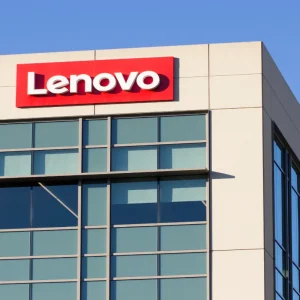
While IT is often thought of as a department that is difficult to work with, it is actually far more service-oriented than many of its enterprise brethren, having been at the raw end of users’ frustrations for many years. As a result, the CIO is well versed in delivering and managing services, where and when users want them. Having long since embraced initiatives such as self-help portals and service automation, CIOs are now in the position of being able to teach the rest of the business a thing or two.
And the rest of the business does need to learn. By 2017 Gartner predicts that two-thirds of all customer service interactions will no longer require the support of a human intermediary and, on the whole, as consumers we’re happy about this. Whether it’s Amazon, Uber, the supermarket or our local utility company, we now prefer using self-service to dealing with a call centre. This ‘consumerisation’ of IT at home is now driving similar demands in our working lives: we increasingly expect our interactions with HR, facilities, IT or marketing to be equally streamlined, and those business services need to respond.
How IT leads the way on service delivery
Recent research conducted by independent research company Vanson Bourne for Fruition Partners found that 98% of CIOs surveyed believe that other service areas, such as HR and facilities, could learn from IT when it comes to automating service delivery. The value that IT can add to the rest of the business is driven by experience: 91% of organisations have implemented self-service technology for at least some of their IT support.
IT’s service orientation is demonstrated by its efforts to engage with its internal customer base and gather feedback: 72% of CIOs surveyed said that they carry out user satisfaction surveys. In contrast, other departments are lagging behind: CIOs say that only 46% of HR departments, 33% of facilities departments and 27% of marketing functions carry out user satisfaction surveys.
Avoidable wasted spend
Other functions’ lack of service-orientation is also reflected in their slow adoption of technology that could help. Eighty-four per cent of CIOs are of the view that many day-to-day processes in other departments are too manual and complex, exemplified by the average of five systems needed to provision a new employee with services such as email, a laptop, mobile, car parking, desk and an HR record.
The good news is that businesses are starting to address this over-reliance on manual processes by investing in technology that can help deliver automated services across the board, spending an average of £750,000 on technology to deliver services such as HR or facilities to employees.
The bad news is that these other functions are not learning from the best practice that IT can share in the delivery of automation: only 22% of CIOs said that all the other functions in the business were using the same technology platform for delivering automated self-service as the IT function with the result that the average business could be wasting significant sums by investing in duplicate technology.
So what can the CIO do to save the day?
CIOs are in prime position to help their organisations get better at delivering services. The technology that was originally developed to provide ITSM can now provide all the support required by other functions in a holistic way, commonly known as Enterprise Service Management (ESM). To take advantage, CIOs should consider the following four steps:
1. Build a business case for enterprise service management
Achieving integrated service delivery across the enterprise needs some high-level buy-in, so CIOs need to build a persuasive case for it. This should be based on the costs-savings that can be achieved by avoiding duplication of systems across the various service functions.
2. Carry out an application review
CIOs should consider carrying out an application review across the business. As this can generally be achieved by the IT team without the involvement of other functions, it’s often a good starting point for building the business case.
3. Create a consistent user experience that mimics the ‘consumerised’ experience
CIOs are often ahead of the game on this one: much of IT support is already delivered via self-service portals which closely resemble consumer services. The logical next step is to extend this portal to other business services across the enterprise, often known as a ‘concierge service’: a single, easy-to-use portal.
4. Use tools that will generate rapid results
CIOs know the benefits of being able to demonstrate rapid but reliable results, including getting buy-in from senior decision makers and high levels of user satisfaction. They should consider using the new generation of tools for ESM development which accelerate development across the enterprise.
All those years of ‘have you turned it on and off again’ jokes and being known as the unhelpful IT department have in the end paid dividends for CIOs – meaning they are now in a prime position to help their organisation get better at delivering services.






